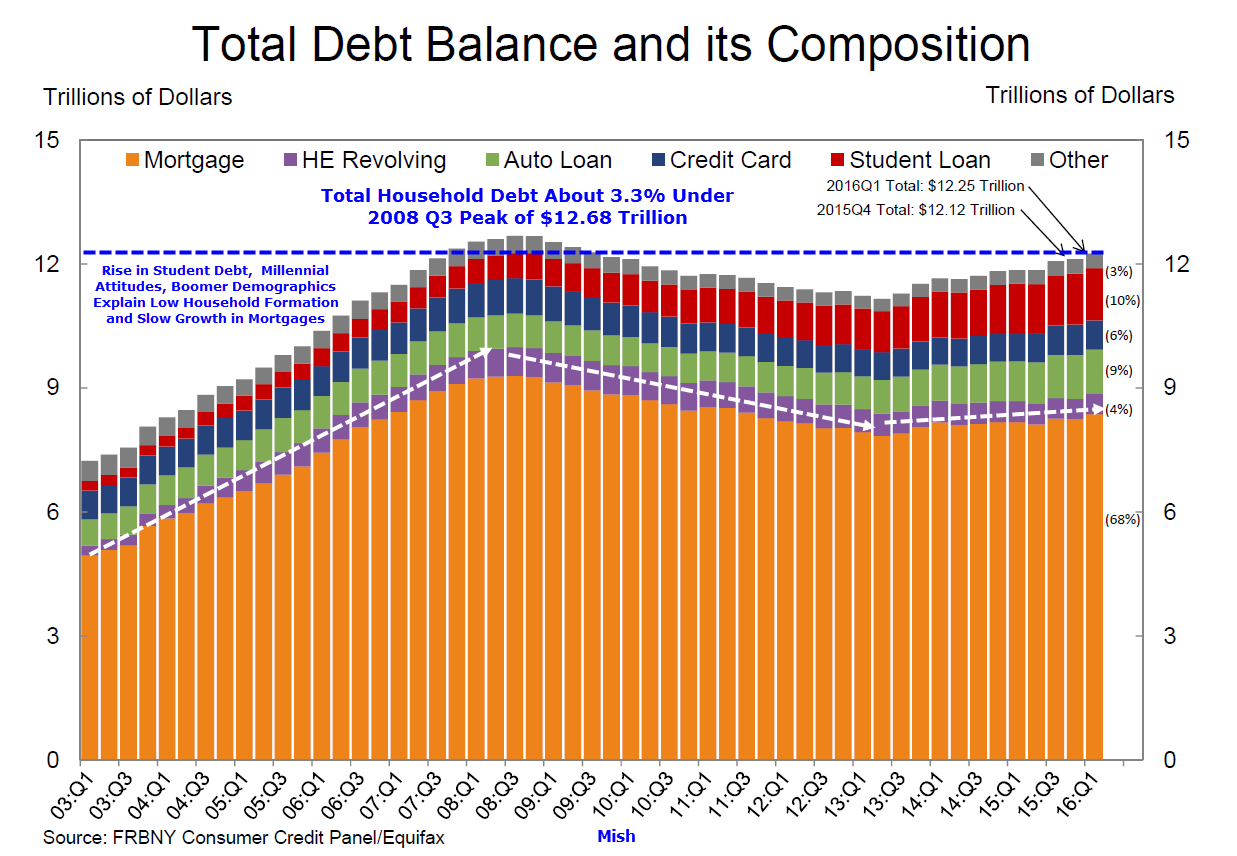The U.S national debt is quickly approaching $19.5 trillion. It will very likely be there this month. It is hard to comprehend how much this amount is for the average American that is barely trying to get by. But people are starting to wake up. There is a large financial charade going on. Most people realize that their standard of living is being eroded. Anyone outside of coastal regions realizes that many parts of this country are struggling to levels that are not understood by the mainstream press. Their control is slowly being lost. One way to understand the amount of debt we have as a nation is to simply look at in context to how much physical currency is out there.
The amount of debt
The national debt is now more than all of the world’s physical cash, gold, silver, and bitcoin combined. That is right. The U.S. national debt is that big. I’ve argued this before but the Fed is now a giant paper tiger. They are largely trying to use the power of words to move markets instead of actually raising interest rates. These rates will impact this massive debt.
Source: Visual Capitalist
All of the physical cash, gold, silver, and bitcoin combined will cover 65 percent of the debt. And the debt is growing at a rapid pace. Keep in mind you also have a crazy amount of household debt as well:

Is any of this ever going to be paid back in full? A large part of the household debt is $1.4 trillion in student debt. But back to the national debt. $19.5 trillion is not going to be paid back. The Fed is doing all it can to keep rates low because even a slight move up in interest rates would cause the servicing of the debt to go ballistic.
We’ve gotten to a point where we need debt to pay off more debt. It seems like a wildly sophisticated ponzi scheme. At this point it is one giant confidence game and you can see that in the U.S. that confidence is definitely moving away from the central powers. The controlled media is largely being marginalized.
How fast is the debt growing? Just look at where things were last year:


Source: U.S. Treasury
So the national debt grew by $1.33 trillion in one year! At our current rate we should be hitting $20 trillion really soon.
Just think of this on an individual level. Would you ever lend money knowing the full amount was not going to be paid back?
http://www.mybudget360.com/us-national-debt-more-than-all-cash-gold-silver-bitcoin-in-world/
3D Map Of Ocean Floor Uncovers Strange Surprise
In the summer of 2014, Mardi McNeil was an undergraduate student at the Queensland University of Technology. She was spending the summer helping a team of scientists with a big research project: mapping the ocean floor around the Great Barrier Reef.
McNeil’s job was to map the extent and structure of bioherms, mounds of ancient calcified algae, scattered outside the Great Barrier Reef 60 to 100 feet below the surface. Scientists in the 80s had documented the bioherms using acoustic sound waves, but no one had re-visited them with modern technology. So McNeil used lidar data (a mapping technique that measures distance with lasers) collected by the Australian navy to create high-resolution 3D renderings of the ocean floor.
But as soon as she started looking through the images she made, McNeil knew she’d found something big.
Scientists had previously thought the bioherms covered an area of about 800 square miles. McNeil’s map showed a bioherm network covering over 2,300 square miles, triple the original area estimate. And it wasn’t just the extent of the bioherms that was a surprise: it was their shapes. There were huge doughnut-shaped bioherms, 30 feet tall and 600 feet across, honeycombed sheets of bioherms with sharp ridges and crests, and undulating waves of bioherms spread across the ocean floor for miles and miles.

North-westerly view of bioherms in the Bligh Reef area off Cape York. Depths are coloured red (shallow) to blue (deep), over a depth range of about 50 metres. Bathymetry data copyright Australian Hydrographic Service. Image courtesy of www.deepreef.org
The bioherm reef is believed to be about 8,000 years old, the same age as the coral of the Great Barrier Reef. Their mounds of ancient algae are a kind of geochemical archive, containing records of ocean temperature and acidity from the last Ice Age until now. The records can be used to understand how past ocean changes affected corals and other organisms, in order to predict how today’s warming and acidifying oceans could affect future ecosystems.
The bioherm reef could be an important part of that future: because it’s deeper than the Great Barrier Reef, the water around them is cooler and has a different chemical environment. McNeil says this kind of deep reef, called a mesophotic reef, has potential to provide refuge for sensitive species as the ocean warms.
But at the moment of her big discovery, McNeil wasn’t thinking about the future. She was thinking about her scientific predecessors who mapped the bioherms in the 80s.
“They did a really good job of mapping and interpreting the shape based on the technology they had at the time,” she says, but they couldn’t come close to what today’s technology revealed. “If they could see this they would just be completely blown away.”
http://www.forbes.com/sites/mallorypickett/2016/09/12/3d-map-of-ocean-floor-uncovers-strange-surprise/#56400d561ad7
No comments:
Post a Comment